Diversions

Editor’s note: This vivid, poignant essay by author Lisa Boice won the 2023 Book Passage Travel Writing Award, announced each year at the conclusion of the prestigious Book Passage Travel Writers & Photographers Conference. We are deeply pleased and honored to publish it here.
I smiled when I told my husband, Steve, to go ahead without me. “I’ll be fine,” I said.
“You sure?”
“Of course! Get some good pictures.”
He caught up with our guide and the other couple in our small group while I sat on a big, smooth lava boulder. He turned around and gave me one more look to see if I had changed my mind. I smiled again, raised my hand, and gave him the okay signal, then motioned him to go on.
They descended the hill on a rocky dirt path to the cliff’s edge, high above the long and wide Skjálfandafljót River in the highlands of northeast Iceland. Big clouds of mist billowed in the air at Aldeyjarfoss waterfall where the river dropped 56 feet. I could see it just fine from my boulder, but Steve and the others wanted a closer look.
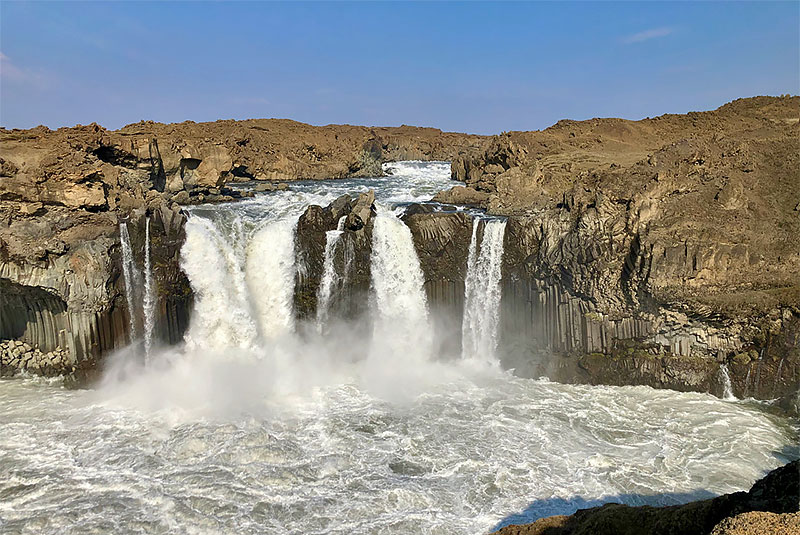
It was June and my green down puffer jacket and mittens warmed me as I sat alone in the arctic desert. Brown, desolate land surrounded me. It looked as though someone had scraped away all the pretty things and left piles of lava rubble in a million jagged pieces.
We weren’t supposed to be there. We were supposed to be in the South of France on a bird-watching trip, looking at flamingos in the Camargue or in vineyards as I peered through binoculars, looking for songbirds.
Since I’d married my husband, we’d designed our travels in search of birds. Each trip became a quest. We’d travel slow, looking for subtle movements, such as a flutter in the leaves. If we stood still, we’d notice something sticking out from a tree trunk. Through birds we always saw the landscape of each country we visited in a unique way.
One night, at our favorite neighborhood Nepalese restaurant, we made a list on a paper placemat. We titled it “Bucket List,” and as we waited for our curry, we jotted down 30 countries or regions we wanted to visit. Iceland did not appear on that list.
In the years that followed, we made progress ticking through the list: Ecuador, Panama, Belize, Galápagos, Trinidad and Tobago. Then, as we were packing our suitcases for a birding trip in the South of France, the pandemic shut down the world.
Birds, it seemed, could fly freely throughout the world. We could not.
The following year we rebooked the trip to France, but again as we were about to leave, the county went into another lockdown. I scoured the internet for an alternative and noticed that Iceland had announced they were welcoming vaccinated visitors. After a few more clicks, I found a birding trip there. Suddenly Iceland became Plan B.
Coming out of our isolation was like flying through a slowly opening window. Yet on the other side, I faced another window slowly closing on me.
In the middle of the pandemic, I’d watched from my home computer during a Telehealth appointment as a doctor showed me an image of my lungs displayed on his computer monitor. He pointed out opaque cloud-like areas at the bottom of my lungs he called scarring.
“Can we stop this?” I asked.
“No. It’s progressive. You will eventually need new lungs,” he told me.
It had nothing to do with Covid. It was a result of an autoimmune disease I had had for years that mostly simmered in the background. It had decided to manifest itself at the worst possible time, when upper respiratory issues were the lede in almost every grim news article.
The shortness of breath, coughing, and exhaustion had crept up on me over the past several years. Sometimes I’d wake up in the middle of the night choking. Breathing felt like a pin stabbing my lungs. Simple walks or hikes were like moving in wet cement. I blamed it on being out of shape or on high altitudes when traveling, because I couldn’t see the growing amorphous blob of suffering taking over my life.
On my boulder in the high arctic desert of Iceland, I could see Steve and the others, but they were now tiny people in the distance, nearer to the waterfall. It gushed water into the river as though it were pumping blood into veins. The cliffs surrounding it curved into a semicircle and basalt columns flanked it like stoic decoration. The whole thing looked like a coliseum.
Five yards in front of me the earth seemed to move with gentle swells, as if breathing—something I hadn’t been able to do very well. I blinked rapidly and shook my head at the mirage. I must be dehydrated, I thought.
The earth continued to move, as though inhaling and exhaling, and I knew this desolate place was not dead.
During the pandemic we adventured only to our backyard. But once in Iceland we walked on black volcanic sand along the shores of a lake and drove on one-way gravel roads that hugged steep mountainsides in the Westfjords. We stood in front of massive waterfalls my husband recognized from Game of Thrones, which he had watched on loop during the past two years.
With summer solstice only days away, sunlight pierced through gaps in the window drapes and illuminated our tiny room each night. We were 90 miles from the Arctic Circle and I couldn’t convince my body to sleep with the sun still up. Midnight looked like late afternoon.
“We can’t look for birds all day,” our guide reminded us. “You’ll think it’s daytime for too long and you’ll be exhausted.”
Finally I could blame my exhaustion on something else for a change. But I wondered how much longer I could look for birds on our usual trips through jungles, cloud forests, deserts, and swamps. Eventually I would be on oxygen and unable to travel.
“How long do I have before my lungs just quit?” I’ asked my doctor.
“Five years. Maybe ten.”
I felt like a carton of milk with an expiration date.
At the wetlands and streams that flowed from Mývatn Lake in northeastern Iceland, vivid green meadows surrounded us. Ducks, swans, and other waterbirds bobbed in streams. They came to nest here after returning from their wintering grounds in southern Europe, Africa, and Antarctica. In a field of yellow grass, a clutch of goslings waddled and foraged next to the adult birds. I watched a Whooper Swan bicycle-pedal her feet in the lake as she stirred up tender shoots of water plants from the muddy bottom for her cygnets to eat. Four pairs of tiny legs poked out from under the wings of a Common Redshank—a shorebird—as she protected her hiding chicks, looking like Mother Ginger from The Nutcracker ballet.
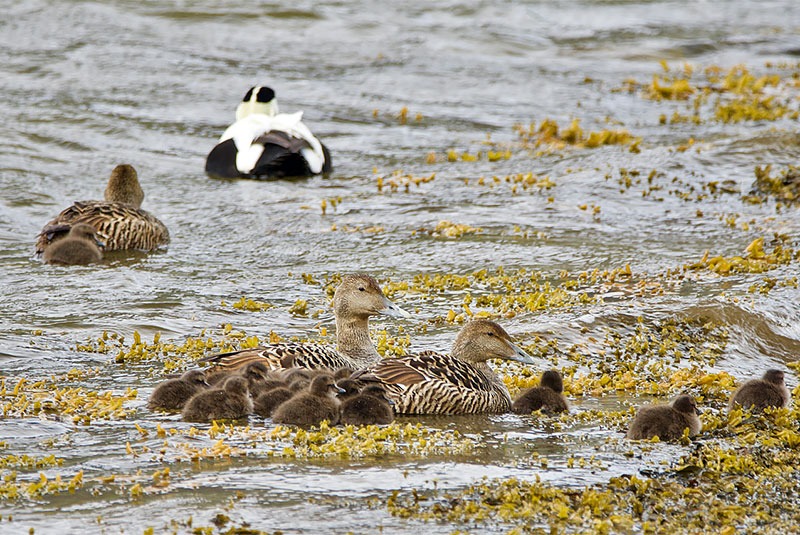
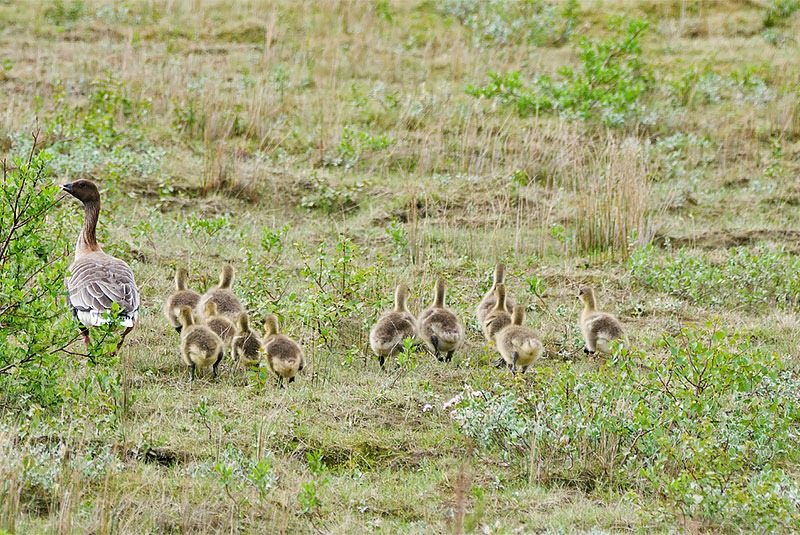
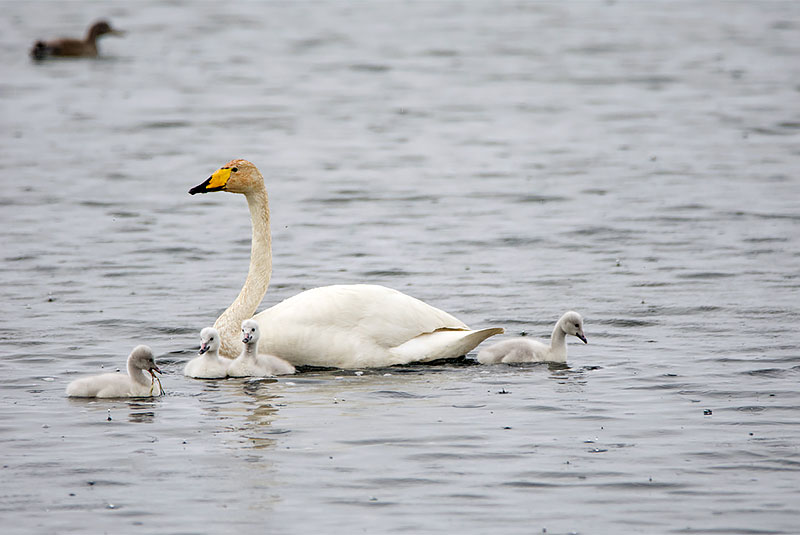
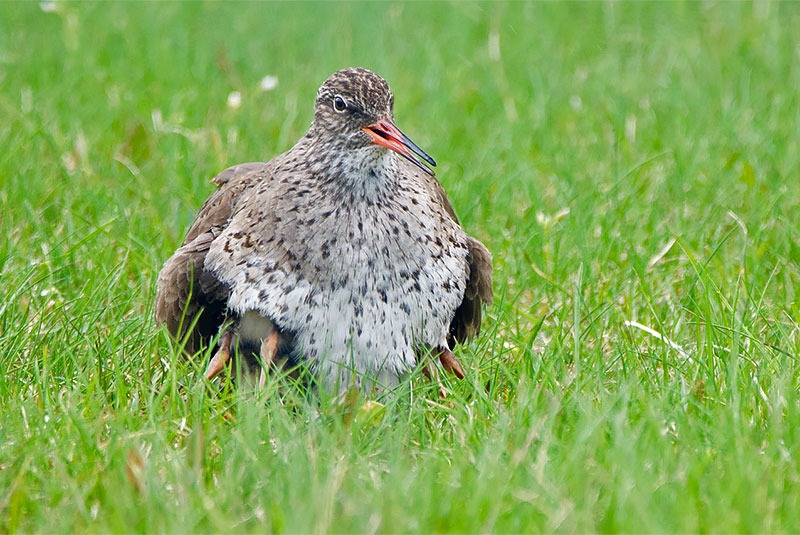
I leaned on the wooden rail of a footbridge and watched the birds below me begin their new lives in the rushing stream. The last couple years seemed to have robbed the world of hope and new beginnings, yet they were around me, bobbing in a water nursery in the middle of Iceland.
I once read a book about Phoebe Snetsinger, a bored housewife who discovered birding in 1965 when she saw the fiery colors of a Blackburnian Warbler in a neighbor’s yard. She began birding around her hometown, just outside Minneapolis, Minnesota, and quickly ticked through all the known species in that area. She then ventured off to look for birds in other areas of the US.
Twenty years after that warbler enchanted her, Phoebe’s doctor diagnosed her with terminal melanoma and told her she had only a year to live. She refused to stay home and go through cancer treatments. Instead, she left for her first trip to Alaska with its prime location on bird migratory routes, diverse habitats, and a whole new world of birds.
Her doctor’s prognosis was either inaccurate or her cancer simply went into remission because she didn’t die within the year. After her Alaska trip, Phoebe accelerated her search for birds. Her invincible spirit took her around the world for another 18 years.
“Birding has meant a variety of things to many different people,” she once said. “But for me it has been intricately intertwined with survival.”
In our quiet moments at the end of the day, away from the others in our group, Steve and I discussed how we might travel going forward. Higher elevations and challenging trips would be prioritized before my lungs worsened. We talked of scheduling longer layovers in airports to eliminate racing to gates. We’d plan itineraries around medication refills. At some point, travel would have to stop—far earlier than we imagined. But I wanted to do what I could now.
One day our guide stopped our van in the middle of a quiet, narrow road in Vesturbyggð, a small village tucked in one of the valleys of the rugged and feral Westfjords. Around fifty Arctic Terns filled the sky, swooping, fluttering, and hovering over a field. It looked like someone had tossed a stack of papers into the breeze. The white, delicate, slender birds with narrow wings and short legs screamed Kriiaaah! It was a warning to stay clear of their nests, or scrapes, which were mere shallow depressions in the ground lined with straw.
We remained in the van and opened its sliding door to take pictures. Trying to snap a photo of anything in the sky made me dizzy, so I focused on birds incubating on their nests. There were so many, all over, that the field looked like high-density housing for birds.
The terns were here in the highest latitude of the Northern Hemisphere to nest after spending their non-breeding period in the southern oceans between Africa, South America, and Antarctica. Scientists once thought they migrated in a straight shot north to south and back again, but recent data collected from geolocators showed that the birds took diversions.
From Iceland they actually detoured east and west, in a figure-eight loop, before reaching Antarctica. And they did the same thing when they returned to Iceland. In some cases, the terns traveled up to a staggering 57,000 miles in one year, making them the longest-distance migrating bird.
We snapped our photos, pulled the van’s sliding door closed and made our way to the place where we would stay the next couple of nights. As we drove away, I looked back at the colony one more time and watched the delicate, fluttering birds. I wanted to ask them: Little birds, why would you take such a great diversion? What is it that you find?
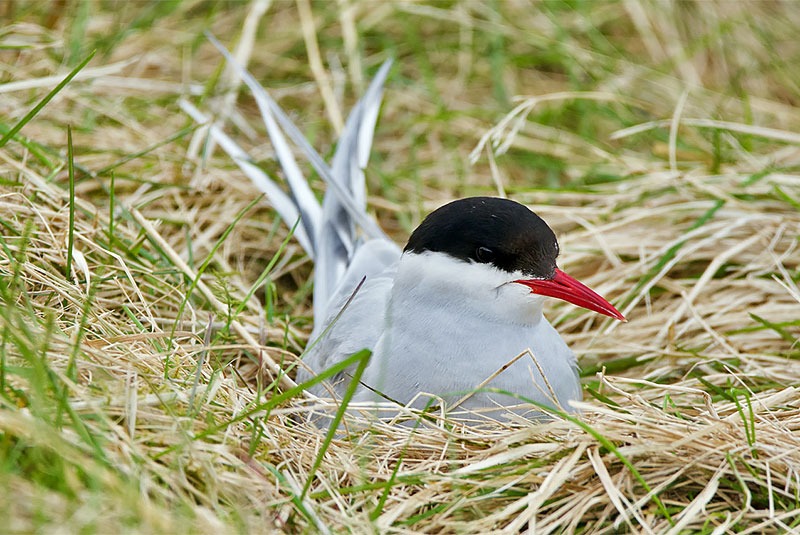
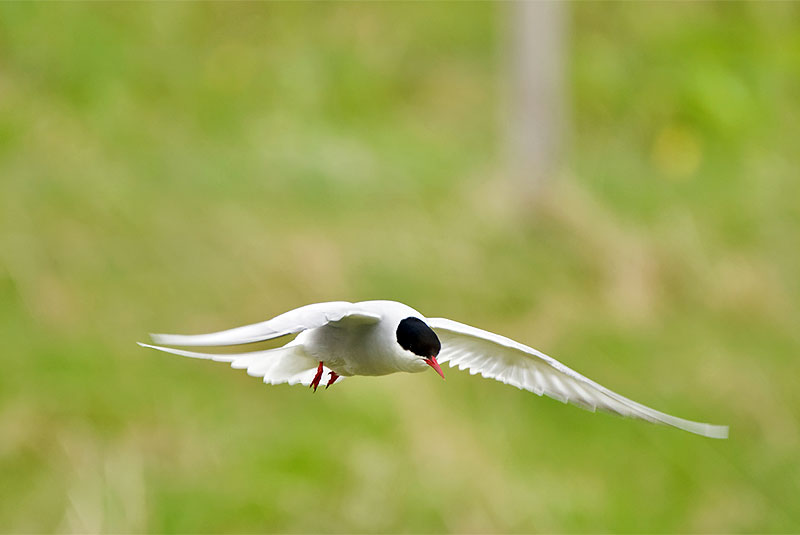
After a morning of birding, we walked carefully around boiling mud pots and fumaroles at Hverir, a reddish-orange stony barren in the Námafjall Geothermal Area in northeast Iceland. A simple rope threaded through 2-foot-high stakes kept us from wandering into small dome-like fumaroles hissing out steam. I covered my nose with my gloved hand to block the intense sulfur stench and watched the earth belch out bubbles in a pool of mud.
Iceland revealed an ever-changing earth that heats up and cools. The mid-Atlantic rift pulled apart tectonic plates and created volcanoes, fjords, and mountains that jutted up, reaching the sky. The earth had not always looked this way. It had continued forming and reforming, even when everything else stood still during the pandemic. And while I forged through an unexpected illness.
The chilly Icelandic air turned into a slight breeze. I pulled my knitted hat over my ears and squinted at the steaming horizon. A young and vibrant earth surrounded me. It had many years of activity ahead and I wished for many more years for me.
I wouldn’t be able to do everything I wanted to do. Travel would become more challenging. But I could try a different way. The last two years had taught both me and the world to pivot. If the earth could change and reform, so could I. Like the baby birds at Lake Mývatn I could begin something new and different. I could be the Arctic Tern and begin my figure-eight diversion. Iceland wasn’t just a Plan B. It taught me how to be.
# # # # #
If you’re interested in your own visit to Iceland, give us a call at 888-570-7108 to discuss your dream journey.
Love your beautiful words as always Lisa.
You are so inspiring and kind. We wish only the best for you and Steve. Please write more for the world about your travels and life experiences. Love you so much, from Kris & Danna

